Svchost_ms.exe
Simple Steps To Delete Svchost_ms.exe
Svchost_ms.exe causes following error Error 0xC1900202 - 0x20008, 0x8024002D WU_E_SOURCE_ABSENT A full-file update could not be installed because it required the source., 0x00000001, 0x00000098, 0x80240017 WU_E_NOT_APPLICABLE Operation was not performed because there are no applicable updates., 0xf080C CBS_E_UNKNOWN_UPDATE named update not present in package, 0x00000037, 0x80244030 WU_E_PT_ECP_INIT_FAILED The external cab processor initialization did not complete., 0x000000A4, Error 0x80240020Safely Delete Svchost_ms.exe From Infected OS
Svchost_ms.exe is a harmful program which is reported to infect number of OS. Like other OS infection, it also intrude silently in its targeted OS. It is difficult to detect its existence because the threat run all its malicious process in the background of OS. The first thing this threat do after invasion is to modify OS settings. Through this way it get the persistence to execute its malicious services freely. Most of the user don't know how this threat come in their OS because it comes via tricky ways like bundled with software, spam email, infected site etc. This nasty program not let you do any activity properly even you can't surf Internet properly. In addition, it is also reported for bringing other malware which badly damage the OS. Presence of this threat also put your privacy on risk. So if you don't want to suffer these issue then Delete Svchost_ms.exe now.
Method 1 : Start Your OS In Safe Mode With Networking
Method 2 : Removing Svchost_ms.exe From Control Panel
Method 3 : Removing Svchost_ms.exe From Registry Editor
Method 4 : Block Related Process To Svchost_ms.exe From Task Manager
Method 5 : Removing Svchost_ms.exe From Internet Explorer
Method 1 : Start Your OS In Safe Mode With Networking
For Windows XP/Vista/7
- Open the 'Start' menu > click on 'Restart' option.
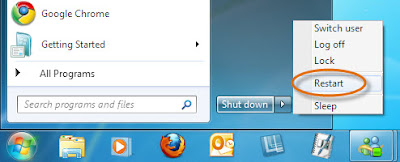
- Continue pressing 'F8' button when the OS start booting.

- It will open 'Advance boot menu' on the screen.

- Now choose 'Safe Mode With Networking' > press Enter.

For Windows 8/10
- Go to 'Start' menu and click on 'Restart' button by holding shift button.

- From the opened window, Select 'Troubleshoot' option.

- After that click on 'Advanced' Options.
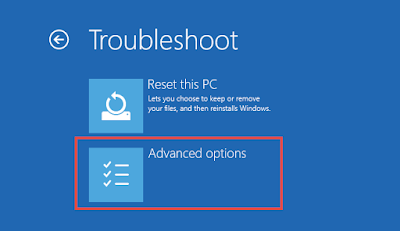
- Then Select the 'Start-up Settings' option.

- Choose 'Enable Safe Mode option' then click on Restart.

- Finally select 'Safe Mode With Networking'.

Method 2 : Removing Svchost_ms.exe From Control Panel
Delete Svchost_ms.exe From Windows XP
- From the start menu, click on 'control panel'.
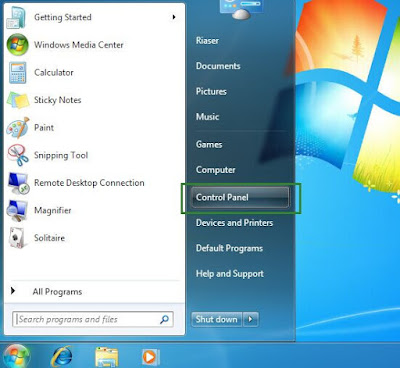
- Then go to Add or Remove programs option.
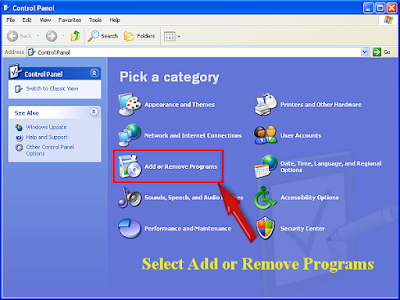
- Find out and Delete Svchost_ms.exe related program from OS.
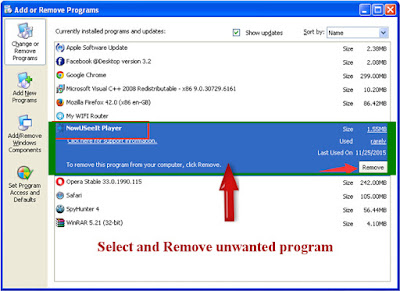
Delete Svchost_ms.exe From Windows 7
- First of all, press the 'Windows' button.

- Then select Control Panel from start menu.
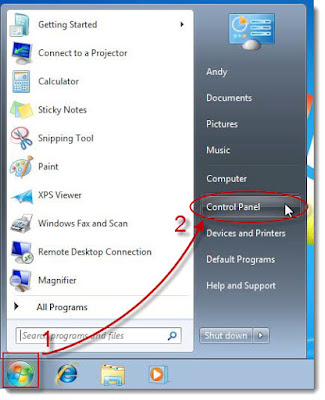
- From the program menu, select remove a programs option.
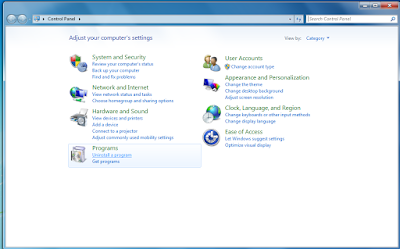
- Then select Svchost_ms.exe related program and remove them.
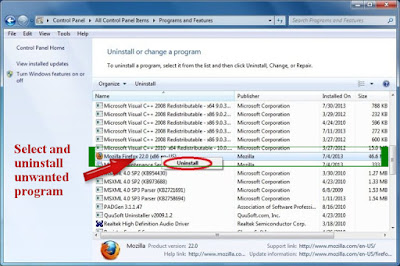
Delete Svchost_ms.exe From Windows 8
- Open the Run Box by pressing Win+R key together.

- In the Run box type 'control panel' and press Enter.

- Then Click on the uninstall a program option.

- Right-click on Svchost_ms.exe related, click on remove option.

Delete Svchost_ms.exe From Windows 10
- From the start menu select the Settings option.

- Then you have to select system option.
- Then click on the Apps and Features option.

- Search for Svchost_ms.exe related program and Delete them.

Method 3 : Removing Svchost_ms.exe From Registry Editor
- You have to press Win + R keys together to open Run window.

- After that type 'regedit' in the box and click on OK.
- Find out Svchost_ms.exe related registry and Delete them.
HKEY_LOCAL_MACHINESYSTEMCurrentControlSetServicesWpm
HKEY_CURRENT_USERSoftwareMicrosoftInternet ExplorerMain 'Default_Page_URL'
HKEY_LOCAL_Machine\Software\Classes\Svchost_ms.exe
HKEY_CURRENT_USER\Software\Microsoft\Windows\CurrentVersion\Run '.exe'
HKCU\Software\Microsoft\Windows\CurrentVersion\Internet Settings\random
HKEY_LOCAL_MACHINE\SOFTWARE\Microsoft\Windows\CurrentVersion\run\random
HKEY_CURRENT_USER\Software\Microsoft\Windows\CurrentVersion\Internet Settings 'CertificateRevocation' = ’0



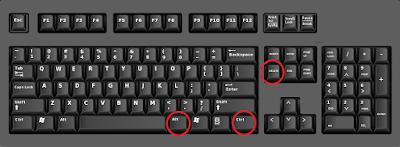
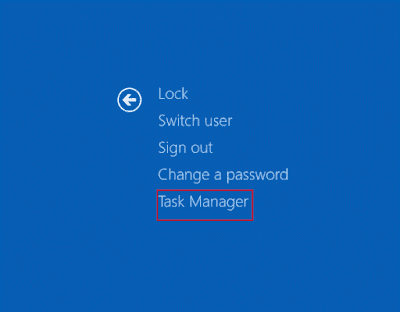
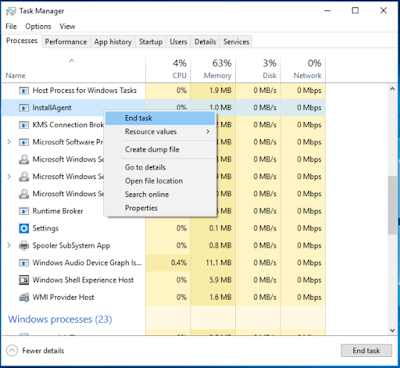
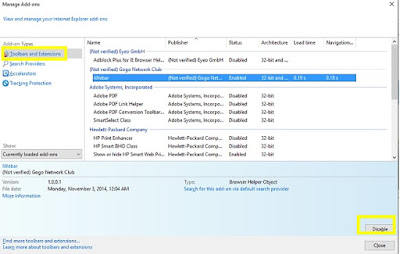

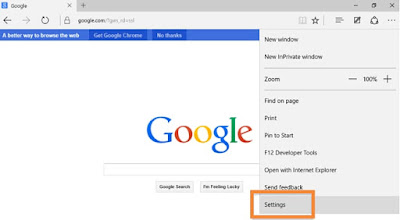
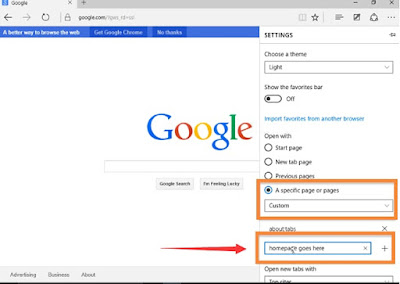
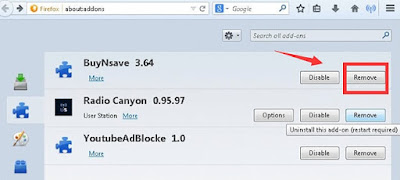
No comments:
Post a Comment